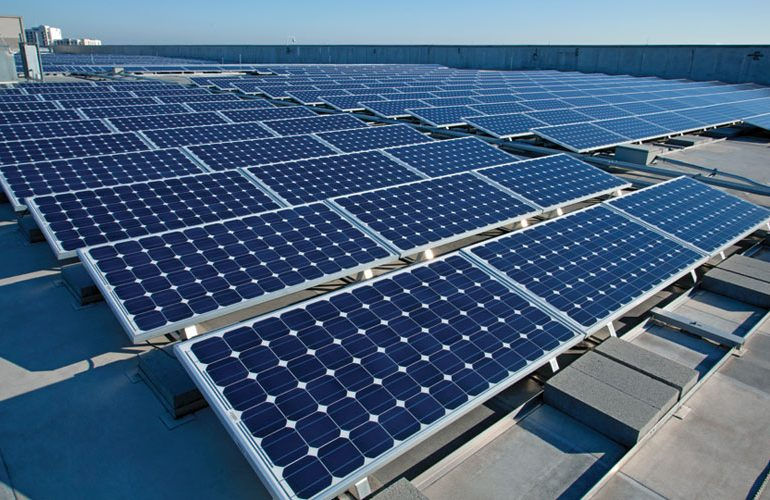Solar is the Future, So Might As Well Hurry
- Reon Energy
- Sep 3, 2020
- 2 min read
Solar and other renewable energy companies in Pakistan such as Reon Energy will have to be the future. Pakistan is unquestionably blessed. Solar experts believe that an area needs a minimum of four hours of peak sunlight in order for solar energy to be economically viable. Peak sunlight is not just any time between sunrise and sunset: it is when daylight is bright, and directly shining on solar panels. The goods news for Pakistan? Most of the country has 300 or more sunny days every year.
And this requires a solar plan However, why is the government and the industry stuck fighting over the quality of imports?
There are certain requirements if you’re planning to have a burgeoning solar energy industry. For example,
1. Strong supply of photovoltaic panels,
2. Robust regulatory environment, and
3. Transmission infrastructure that can handle the distributed generation of electricity efficiently.
It is easy to forget to think about the most basic ingredient of all: sunlight, and how much of it a country gets on its territory.
According to a 2012 research paper by Saifullah Khan, Mahmood-ul-Hasan, and Muhammad Aslam Khan of the University of Peshawar, the overwhelming majority of the landmass of the country gets seven or more hours of peak sunlight every year,. Their research examined data from 1931 through 1990 for most of the country.
In addition, given the precipitous collapse in the prices of photovoltaic cells, which has dropped by more than 60% over the past decade, one would assume that solar energy would be more of an energy source for Pakistan. Solar energy, therefore, makes all the sense in the world for Pakistan as a major source of electricity, even taking into consideration the limitations of energy storage technology.
However, the numbers, tell a different story. According to data from the National Electric Power Regulatory Authority (NEPRA), for the 12 months ending January 2020, solar energy accounted for just 0.58% of Pakistan’s electricity generation, or 722 gigawatt-hours,). That is up from zero as recently as 2014, to be sure, but still a long way to go before it becomes a major source of energy for the country.
There is at least some evidence to suggest that there may a substantial portion of solar energy generation capacity in Pakistan that is installed and being utilised, but not counted because it is not connected to the grid.
That NEPRA data does not count solar electricity that is being generated by private homes and businesses, and not connected to the national transmission grid.
On the other hand, imports of solar panels have risen from as little as $1 million in 2004 to a peak of $772 million in the fiscal year ending June 30, 2017. While they have since dropped down to $409 million in fiscal 2019, the country’s imports of solar panels appear to be a strong upward trajectory, growing at an average rate of 15.9% per year in US dollar terms (22.6% per year in Pakistani rupee terms) in the five years between 2014 and 2019.
While a substantial portion of those imports is for grid-scale projects, a significant proportion are for domestic, commercial, and industrial users not necessarily connected to the grid.




Comments